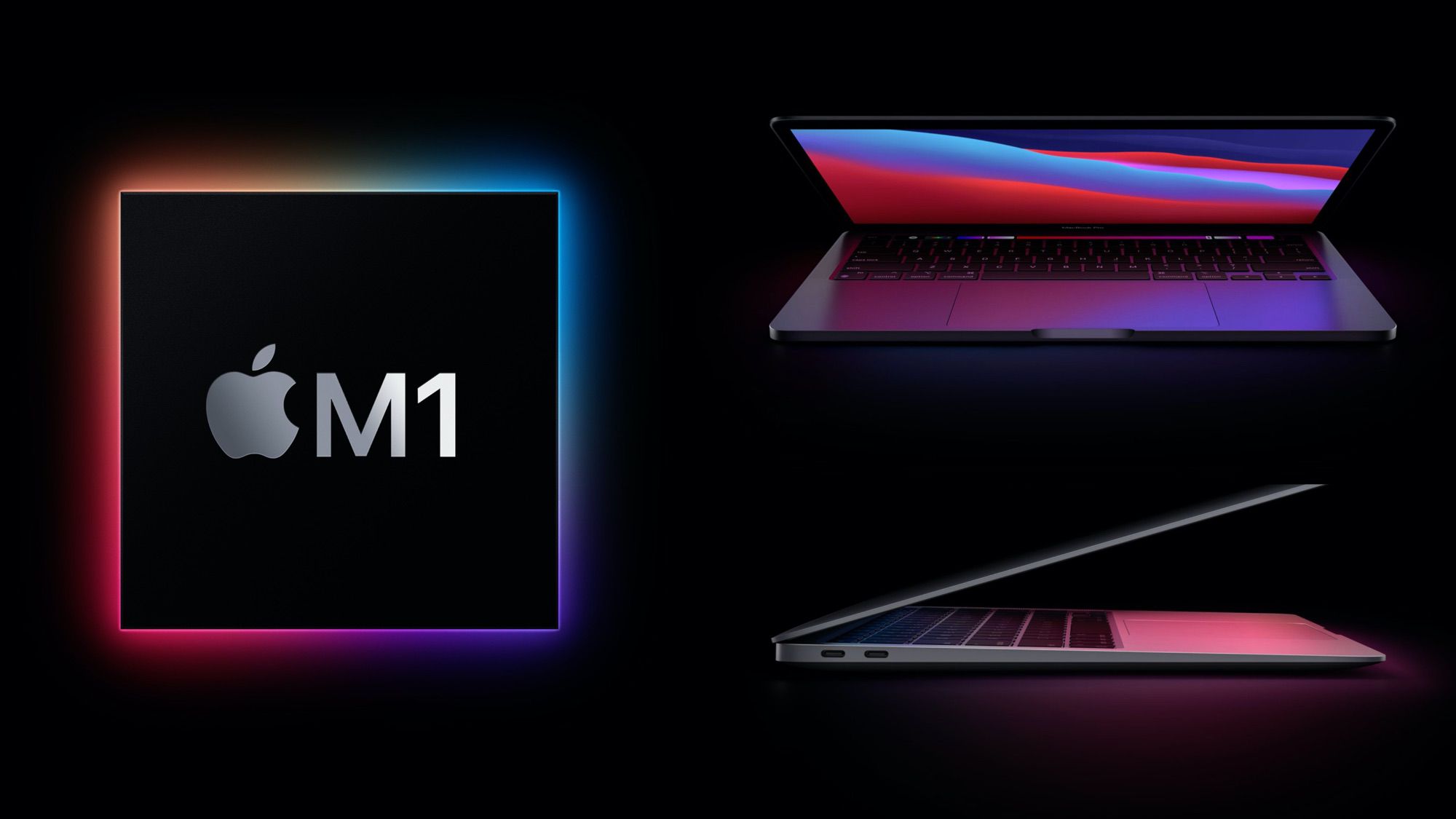
#ARM EMULATOR NOT RUNNING ON MAC INSTALL#
If you leave it out, you'll get the default Gnome desktop (assuming you install a desktop environment, a part we'll be getting into soon). Where networkname is the name of your TAP-Win32 adapter (you DO remember it, don't you?) and -append "desktop=lxde" is optional. kernel vmlinuz-2.6.32-5-versatile -initrd initrd.gz -hda hda.img -m 256 -M versatilepb -net nic -net tap,ifname= networkname -append "desktop=lxde" The latest stable Debian distribution for ARM can be found at point your browser there get initrd.gz and vmlinuz-2.6.32-5-versatile. Now you have your hard dirk image, kernel and initrd. When doing a networked install, the initrd contains the basic installer software, which will, in turn, download the rest of the Linux distribution from the internet. The initrd is the initial ramdisk, a file containing information the kernel expects to find inside your computer's memory in order to find bootable devices, etc. To do it, you'll need two things: a kernel and an initrd. The kernel, as the name implies, is the core of the Linux operating system. You now have a virtual hard-drive where you're gonna install Debian.

I recommend you always use 1024M instead of 1G when trying to make gigabyte-sized disks).


Go figure (it seems crundy the RasPi forums had the same problem with 4G. for some reason, my qemu-img refused to accept 8G as an argument, so I entered 8096M instead. It accepts the format number+suffix, as in 256M for 256 megabytes or 2G for gigabytes, etc. Where imagesize is the size of the disk you wish to create for your emulated device.


 0 kommentar(er)
0 kommentar(er)
